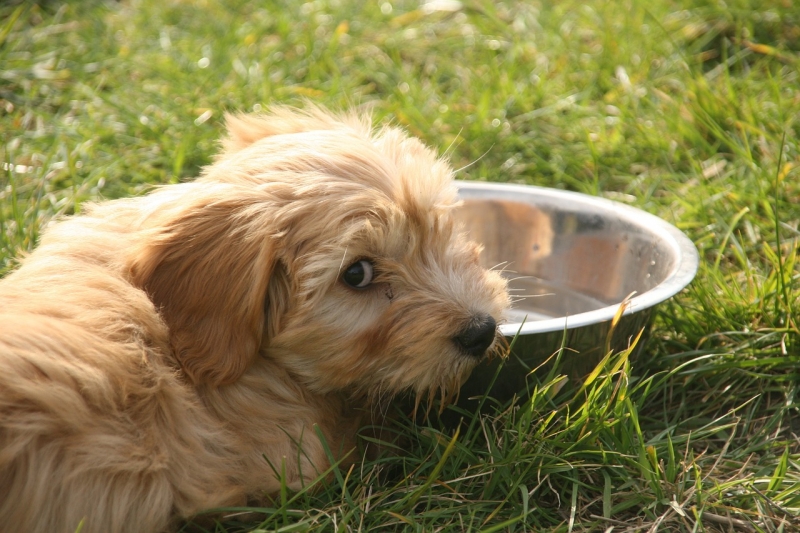Diabetes
DIABETES MELLITUS. More commonly known as just Diabetes.
This is a disease of glucose metabolism whereby the animal has loads of circulating blood glucose but either a deficiency in insulin (type 1) or a resistance to insulin (type 2). It is most common in middle-aged to older animals.
Dogs tend to be Type 1 and are likely a result of repeated bouts of pancreatitis which slowly destroys the insulin secreting cells. Cats tend to be Type 2 and insulin resistant, and as such can sometimes be managed with diet and/or can go into remission.
Clinical signs include excessive thirst and urination (again night wetting can be a clue). Aminals often lose weight despite a ravenous appetite (they steal or wolf food every time and are never satisfied). They may lose interest in play and sleep more or be described as lethargic.
Dogs will develop cataracts and go blind with DM. Cats don't, however they can develop retinal damage due to high blood pressure.
DM can be managed with regular glucose and dietary restrictions. Cats can be managed on once daily routines, but dogs must be twice daily. It's a lifestyle adjustment having a diabetic animal but not insurmountable. It just takes a bit of commitment to get them on track and most go on to lead happy lives.

